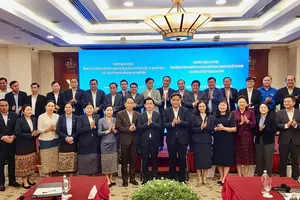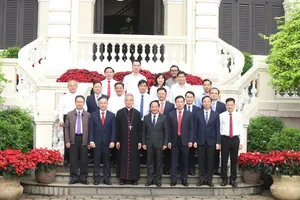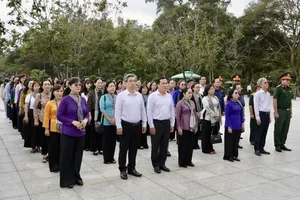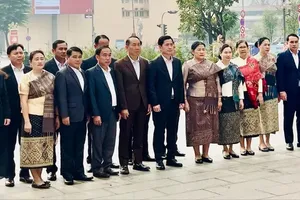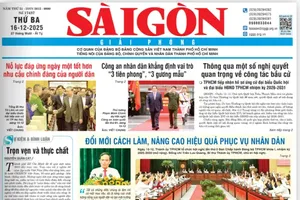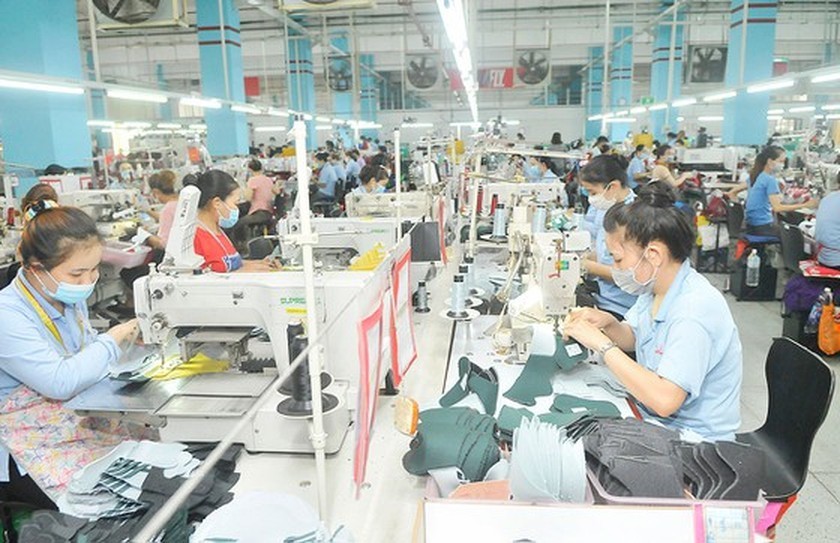
By now, the total budget revenue of HCMC has come to nearly VND393 trillion (US$15.8 billion), accounting for 101 percent of the 2022’s goal and a rise of over 22 percent compared to this time last year.
However, with developments related to the fuel market as well as the financial-banking state right now, the socio-economic picture of HCMC is rather gloomy, asking for more efforts to overcome. The general economic health of the city from the third to the fourth quarter is not positive as the industry sector is witnessing a decrease except for only the rubber, plastic, and food processing industries.
Meanwhile, the quantity of foreign tourists being served is lower than expected (only at 2 million as opposed to 8.5 million before the pandemic). Consumption only slightly increases by 1 percent. The credit rate and FDI remained almost unchanged.
Therefore, it is extremely tough to prepare suitable goals, scenarios, measures, and policies for the following year when the global economy is still enduring long-term crises, high inflation, and inevitable recession. To have a stable macroeconomy, HCMC is facing various challenges, coming as a result of two tiring years fighting the Covid-19 pandemic and hot situations in the world.
Among those challenges is the development of a solution to cope with the interest rate increase from the central banks of other countries, forcing the Government to promote the policy to support the exchange rate since the foreign exchange reserves are dropping significantly. Adding to that is the need to manage pressure from the repayment of corporate bonds, especially those from real estate enterprises, at the end of 2022 and beginning of 2023.
Looking on the bright side, in the manufacturing aspect, as the globalization process is happening and multi-national corporations are lessening their dependence on China and diversifying their production value chains, HCMC as well as the Southern key economic zone is being offered a chance to reposition their production chains.
It is necessary now to pay close attention to the warning of economists in the second quarter regarding a drop in production orders from other nations. This has resulted in massive lay-offs of various plants in Binh Tan District of HCMC or other factories in the neighboring provinces of Binh Duong, Dong Nai, and Long An. This lay-off period is coincident with the sensitive time of Tet holiday, when laborers are waiting for salary and bonuses to enjoy their Tet with their family.
Stabilizing the macroeconomic situation has been the top priority in many recent discussions of the National Assembly about policy making. Because the data on the national financial and monetary system, the current balance of payments, and the operation of manufacturers reveal that there are many potential risks in applying policies for an economic acceleration scenario next year, it is critical that HCMC can find a steady, balanced stance for its economy during such a fluctuating period in the world not only in 2022 but also in the following years to come.
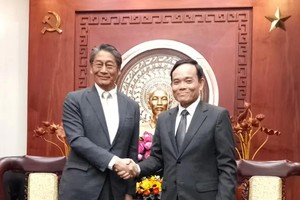

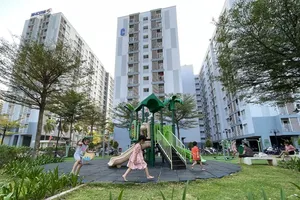

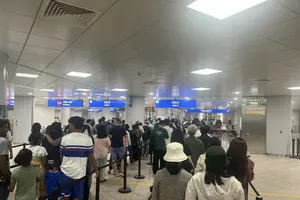
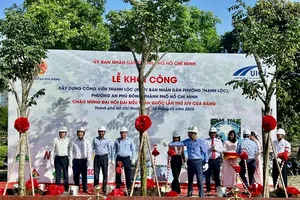

)
